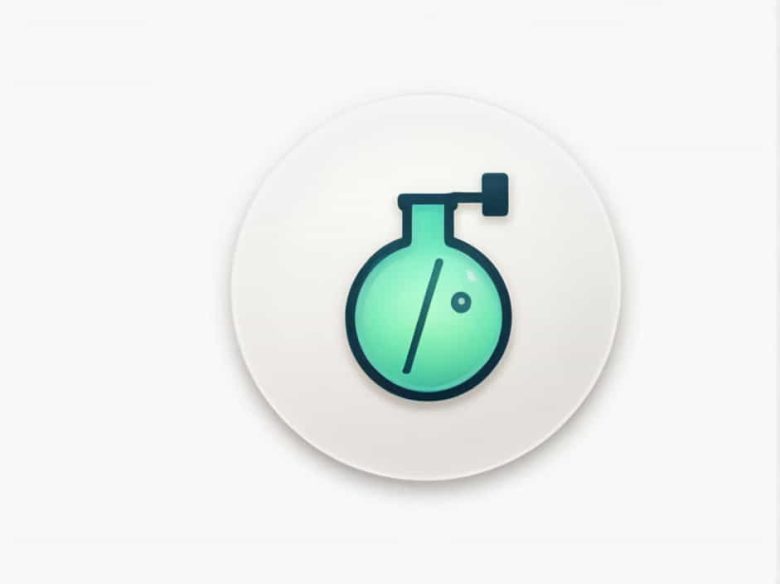Breathing is an essential function of life allowing the body to take in oxygen and remove carbon dioxide. The process of one inhalation (breathing in) and one exhalation (breathing out) together is called a respiratory cycle. This cycle is continuous and occurs automatically to sustain life.
In this topic we will explore the respiratory cycle its importance and how it supports overall health and body function.
What Is the Respiratory Cycle?
A respiratory cycle consists of two main phases:
- Inhalation (Inspiration): The process of drawing air into the lungs.
- Exhalation (Expiration): The process of expelling air out of the lungs.
Each complete cycle ensures that the body receives the oxygen it needs while eliminating waste gases like carbon dioxide (CO₂).
How Many Respiratory Cycles Occur in a Minute?
- The average healthy adult completes 12 to 20 respiratory cycles per minute at rest.
- During exercise stress or illness this rate can increase.
Understanding Inhalation (Inspiration)
How Does Inhalation Work?
During inhalation:
- The diaphragm contracts and moves downward.
- The ribcage expands increasing lung volume.
- Air is drawn into the lungs through the nose or mouth.
Why Is Inhalation Important?
Inhalation allows oxygen to enter the lungs where it is transferred to the bloodstream and delivered to the body’s cells for energy production.
Understanding Exhalation (Expiration)
How Does Exhalation Work?
During exhalation:
- The diaphragm relaxes and moves upward.
- The ribcage contracts decreasing lung volume.
- Air is forced out of the lungs removing carbon dioxide.
Why Is Exhalation Important?
Exhalation helps eliminate carbon dioxide a waste product of cellular respiration. Proper removal of CO₂ is essential for maintaining pH balance in the body.
What Controls the Respiratory Cycle?
The brainstem specifically the medulla oblongata regulates breathing. This area of the brain:
- Detects carbon dioxide levels in the blood.
- Sends signals to the diaphragm and intercostal muscles to control breathing.
Factors That Affect the Respiratory Cycle
Several factors can influence breathing patterns including:
1. Physical Activity
- Exercise increases the respiratory rate to supply more oxygen to muscles.
- Deep breathing during workouts enhances lung capacity.
2. Stress and Emotions
- Anxiety or panic can cause rapid shallow breathing (hyperventilation).
- Relaxation techniques like deep breathing can help regulate breathing.
3. Medical Conditions
- Asthma COPD pneumonia and lung infections can affect the respiratory cycle.
- Proper medical care and breathing exercises can improve lung function.
4. Altitude and Oxygen Levels
- At higher altitudes oxygen levels are lower requiring deeper or more frequent breaths.
- The body adapts over time to compensate for reduced oxygen availability.
The Importance of a Healthy Respiratory Cycle
Maintaining a strong and efficient respiratory cycle is essential for:
- Optimal oxygen delivery to organs and tissues.
- Efficient removal of carbon dioxide to prevent toxicity.
- Supporting overall cardiovascular and metabolic health.
Ways to Improve Breathing and Lung Health
1. Practice Deep Breathing Exercises
- Diaphragmatic breathing strengthens lung capacity.
- Pursed-lip breathing improves exhalation efficiency.
2. Stay Physically Active
- Regular exercise helps keep the lungs and respiratory muscles strong.
- Activities like swimming yoga and running enhance lung function.
3. Maintain Good Posture
- Sitting or standing straight allows the lungs to expand fully.
- Avoid slouching to prevent restricted breathing.
4. Avoid Smoking and Pollutants
- Smoking damages lung tissue and reduces oxygen intake.
- Minimize exposure to dust chemicals and air pollution.
5. Stay Hydrated
- Drinking enough water helps keep the mucous membranes in the lungs moist.
- Proper hydration supports easier breathing.
One inhalation and one exhalation together form a respiratory cycle a process that delivers oxygen to the body and removes carbon dioxide. This automatic function is regulated by the brain and influenced by various factors like activity levels emotions and health conditions.
By practicing healthy breathing habits staying active and avoiding pollutants you can improve lung function and overall well-being. Understanding how the respiratory cycle works is essential for maintaining optimal health and vitality.



